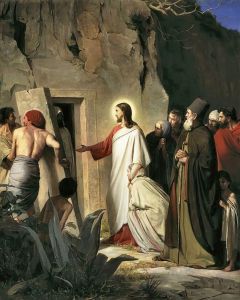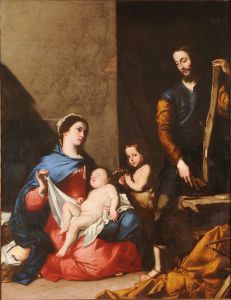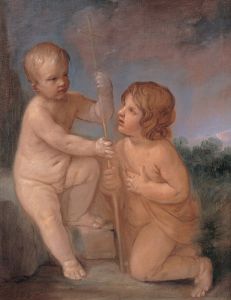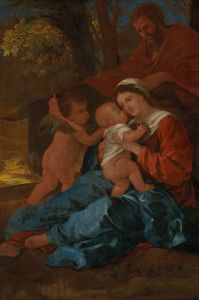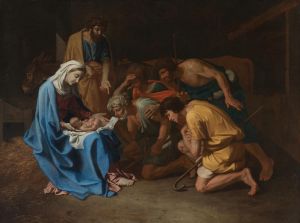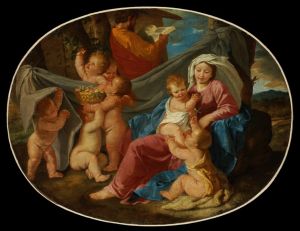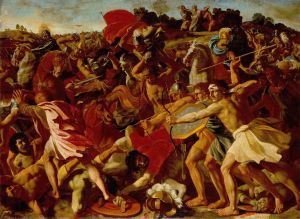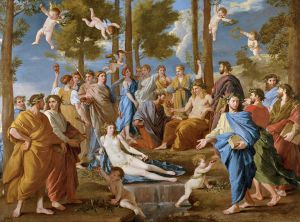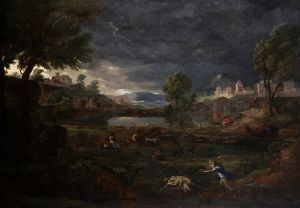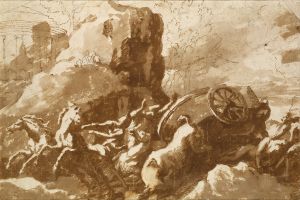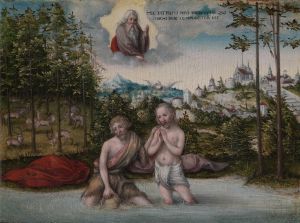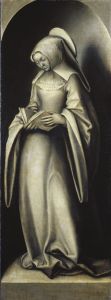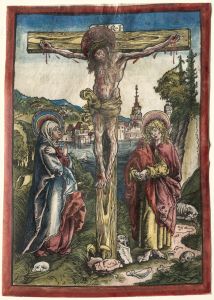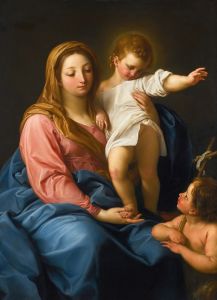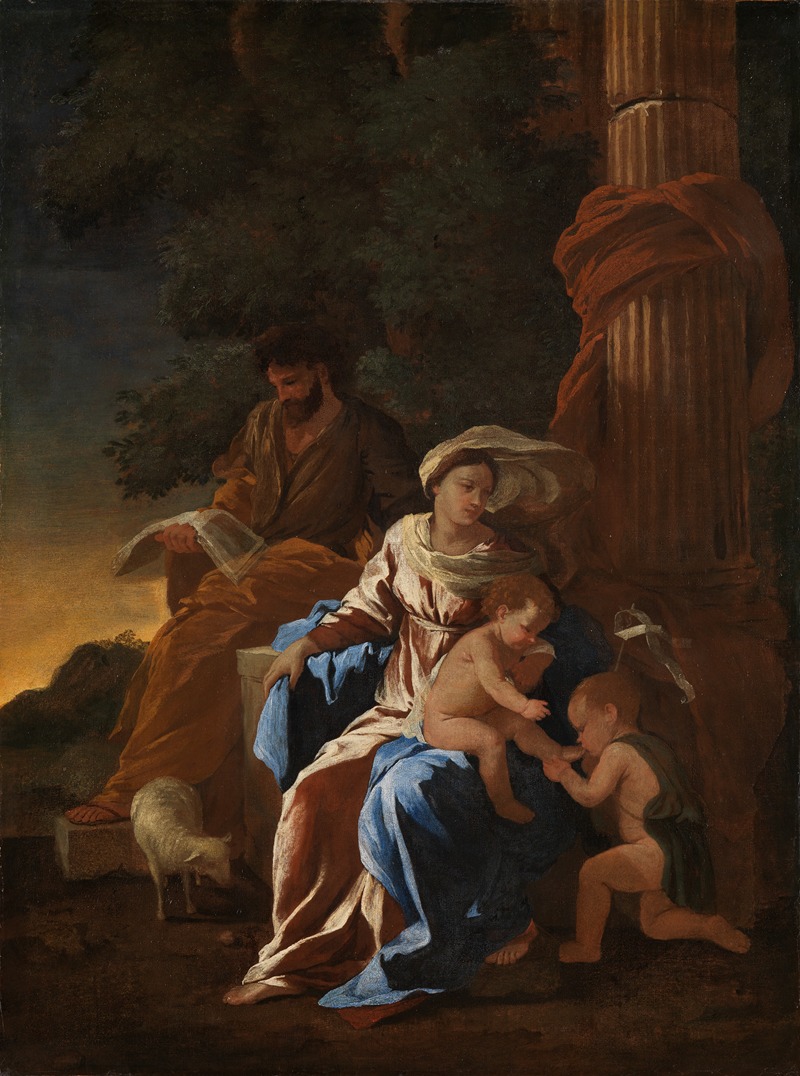
Die Heilige Familie mit dem Johannesknaben
A hand-painted replica of Nicolas Poussin’s masterpiece Die Heilige Familie mit dem Johannesknaben, meticulously crafted by professional artists to capture the true essence of the original. Each piece is created with museum-quality canvas and rare mineral pigments, carefully painted by experienced artists with delicate brushstrokes and rich, layered colors to perfectly recreate the texture of the original artwork. Unlike machine-printed reproductions, this hand-painted version brings the painting to life, infused with the artist’s emotions and skill in every stroke. Whether for personal collection or home decoration, it instantly elevates the artistic atmosphere of any space.
"Die Heilige Familie mit dem Johannesknaben" (The Holy Family with the Infant Saint John the Baptist) is a painting by the French Baroque artist Nicolas Poussin. Poussin, born in 1594 and died in 1665, is widely regarded as one of the most influential painters of the 17th century, known for his classical approach to composition and his profound influence on the development of French art.
This painting, created around 1650, is an exemplary work that showcases Poussin's mastery in depicting religious themes with a balanced and harmonious composition. The subject of the painting is a popular one in Christian art, depicting the Holy Family—comprising the Virgin Mary, Saint Joseph, and the infant Jesus—alongside the young Saint John the Baptist. This theme is often chosen to emphasize the familial and human aspects of these central figures in Christianity.
In "Die Heilige Familie mit dem Johannesknaben," Poussin employs his characteristic use of classical architecture and landscape to frame the figures, creating a serene and ordered environment that reflects the divine nature of the subjects. The figures are arranged in a pyramidal composition, a common technique used by Poussin to create a sense of stability and focus. The Virgin Mary is typically depicted holding the infant Jesus, with Saint Joseph standing protectively nearby. The young Saint John the Baptist, often identifiable by his traditional attributes such as a lamb or a cross, is shown interacting with the infant Jesus, symbolizing his role as the forerunner of Christ.
Poussin's use of color in this painting is both restrained and rich, with a palette that includes deep blues, warm reds, and earthy tones, contributing to the overall sense of harmony and balance. The artist's meticulous attention to detail is evident in the delicate rendering of the figures' expressions and gestures, which convey a sense of piety and devotion.
The painting reflects Poussin's deep engagement with classical antiquity and his commitment to the principles of order, clarity, and rationality. His works often draw on the compositions and themes of ancient Roman and Greek art, which he studied extensively during his time in Rome. This classical influence is evident in the architectural elements and the idealized forms of the figures in "Die Heilige Familie mit dem Johannesknaben."
"Die Heilige Familie mit dem Johannesknaben" is housed in the Gemäldegalerie in Berlin, Germany. The Gemäldegalerie is renowned for its extensive collection of European paintings from the 13th to the 18th centuries, and Poussin's work is a significant part of this collection. The painting is celebrated for its technical excellence and its embodiment of Poussin's artistic ideals.
Nicolas Poussin's legacy as a painter is marked by his profound influence on the development of classical French art. His works, including "Die Heilige Familie mit dem Johannesknaben," continue to be studied and admired for their intellectual rigor, compositional clarity, and emotional depth.





